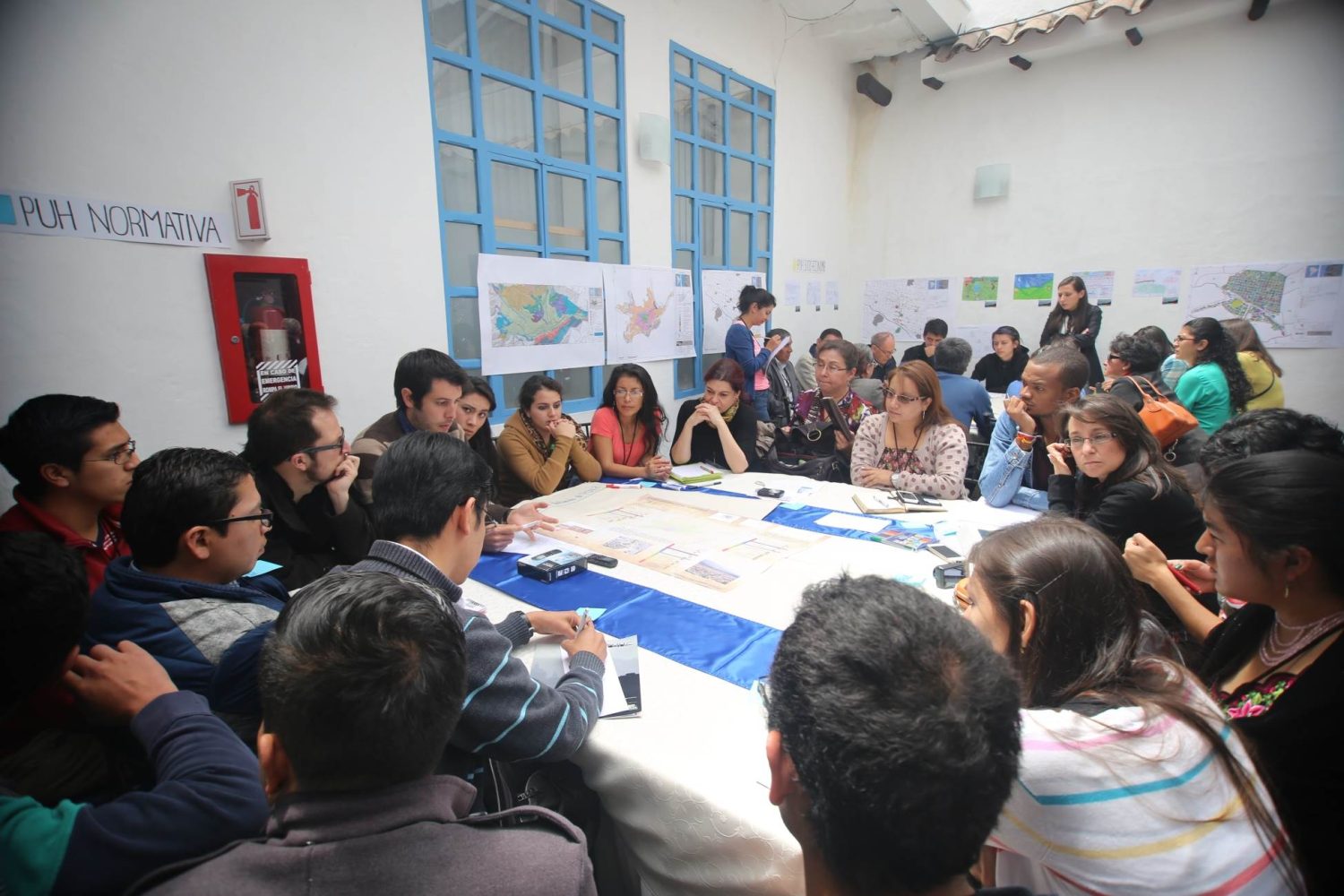Historical Urban Landscape (HUL) Approach

Cuenca Area (2015); Source: Julia Rey-Pérez

State of conservation of building in Cuenca (2015); Source: Julia Rey-Pérez

Citizen participation wotk
The term Historic Urban Landscape (HUL) has two considerations, as a concept and as an approach. The HUL concept refers to the urban area resulting from a historical layering of cultural and natural values and attributes, which transcends the notion of “ensemble” or “historic centre” to encompass the overall urban context and its geographical setting. This concept broadens the dimension of the concept of the historical ensemble to speak of the “heritage city”, where all the attributes of the context in which it is located are taken into account (both geographical and built) and, on the other hand, the citizen himself, who is seen as the protagonist from the point of view of social participation. Along these lines, the HUL approach is a way of working in the city where the key factors in these new management models are multidisciplinarity, placing the citizen and different actors at the centre of the process and the commitment to heritage management based on the identification of heritage values from a landscape approach.